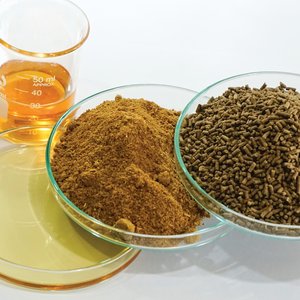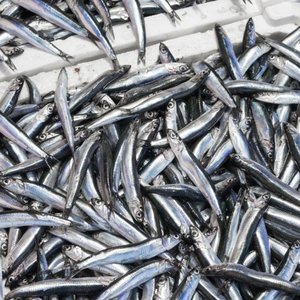Electronic Outlook Report from the USDA Economic Research Service
Summary: With a stronger domestic economy and higher prices for livestock and poultry products, domestic aquacultural production is expected to increase in 2004. Higher catfish production is expected to be the chief cause of the increase. Imports of foreign aquacultural products are also expected to expand, but at a slower rate than seen over the last several years.
With a slightly weaker dollar, imports of some seafood products will be more expensive and may slow the almost continuous decline in prices seen over the
last couple of years. Many foreign aquacultural producers will continue to target the
U.S. seafood market as a growth market for their products.
Higher grain prices will pressure production costs for aquacultural producers that utilize
grains in their feed formulations. Feed production for farm-raised seafood species takes
in a wide variety of products. A number of mollusk species, such as mussels, clams, and
oysters, rely on the naturally occurring foods in the bodies of water where they are
grown. Some other species need live food in their diet for at least part of their lives.
However, for many of the largest aquaculture species like catfish, tilapia, and shrimp a
large portion of their diet comes from grain products.
While a number of different grain products are used in aquacultural feeds, the primary
ones are corn and soybean meal. In 2003 the average prices for these products rose
considerably, especially in the second half of the year. The forecast for corn and
soybean meal in 2004 is for higher prices through the first three quarters, but then falling somewhat in the fourth quarter. These higher prices will raise production costs for
many aquacultural producers, but this will also mean higher production costs for
competing livestock producers.
The outlook for domestic aquacultural production and trade in aquaculture products in
2004 is based on a number of factors. First, U.S. economic growth in 2004 is expected
to be relatively strong, boosting restaurant sales. Second, domestic grain prices are
expected to increase in 2004, adding to feed costs. Third, the dollar is expected to be
relatively soft against a number of currencies, making U.S. exports less expensive and imports less competitive.
U.S. production of pork is expected to be up 1 percent in 2004, and beef production is expected to decline 4 percent. At the retail level, pork prices are expected to be about even with the previous year and beef prices slightly lower. Broiler production is expected to increase by 3 to 4 percent after being relatively flat in 2003. Broiler prices
strengthened in the second half of 2003 and have moved even higher through the first 2 months of 2004. Higher broiler prices are expected to provide some additional demand for seafood products.
Aquaculture Outlook (By David J. Harvey) is an Electronic Outlook Report from the USDA Economic Research Service. Read the full report
The next Aquaculture Outlook release is October 8, 2004.
For More Information on ERS Publications and Data Visit the ERS web site











